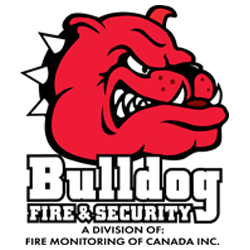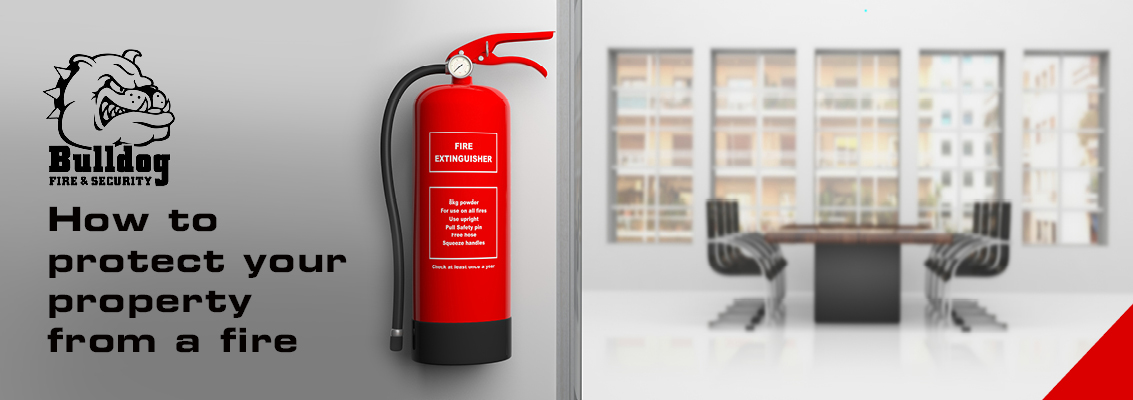You’ve invested a lot of money, time, and effort into your business, so it’s critical that you protect it in the event of a fire. Even if fire safety is not top of mind for your business, there are still minimum standards you will need to fulfill by law. Many don’t realize that the design of your building will be a primary contributor to determining how resistant it is to a fire hazard. Fire protection involves a lot more than just having a fire extinguisher and a sprinkler system on site. Here are six considerations to help you protect your property from a fire.
1. Building Infrastructure
If you are in the construction phase at your building, it’s important that you incorporate fireproofing materials, such as the use of intumescent, endothermic materials, or concrete. Additionally, fire walls, barriers, partitions, and smoke barriers should all be utilized.
Your building’s walls should extend from a fire rated floor to a fire rated ceiling, and extend into hidden spaces for more thorough protection. These barriers are used to contain the spread of fire in the event that one breaks out. For added resistance, fire doors and windows should be used at the opening of a fire barrier.
Finally, you should always ensure that you have the basic fire safety equipment on site, such as a fire extinguisher, fire blanket, or escape ladders.
2. Alarm System
Although a fire alarm system is also part of your building’s infrastructure, it’s important enough to mention on its own. The fire alarm is a critical piece in protecting against the potential damage caused by a fire; its role is to alert everyone to the possible presence of a fire, and facilitate evacuation of the building. You should ensure that your fire alarm is inspected on an annual basis, and that you also hold regular fire drills to reinforce your building’s fire safety protocols.
3. Emergency Light and Generators
An emergency generator is an important piece to have to ensure that a power supply for emergency lighting within your building is always present. These lights should be placed to clearly mark your emergency exits. Similar to your fire alarm, your generator should be tested regularly to ensure it remains in good working order.
4. Fire Safety Protocols
We always encourage you to create a culture of fire safety among the personnel in your building. All staff should be familiar with your building’s safety policies and procedures in the event of a fire. For example, all employees should know that fire exits need to be kept clear of objects at all times.
5. Fire Extinguishers
The fire extinguisher is one of the most widely recognized fire safety devices however, location and accessibility of the device is often overlooked. As a general rule of thumb, a person should not have to travel more than 75 feet to reach a fire extinguisher.
6. Maintain ULC-Listed Fire Alarm Monitoring
As mentioned earlier, a fire alarm system is meant to notify occupants of an emergency and prompt them to evacuate the building. By itself, a fire alarm does not let the fire department know that an alarm has been activated. Acquiring fire alarm or sprinkler system monitoring in conformance with CAN/ULC-S561 will ensure that you meet all of the applicable codes, and the fire department will be notified of any alarms that sound.
Learn More

For 19 years, Bulldog Fire and Security has been an expert in fire alarm system installation and service, having installed a variety of systems throughout Southwestern, Ontario.
To learn more about fire alarm systems and installation, call us at 1 866 670 1590, email info@bulldogsecurity.ca, or fill out the contact information below.


